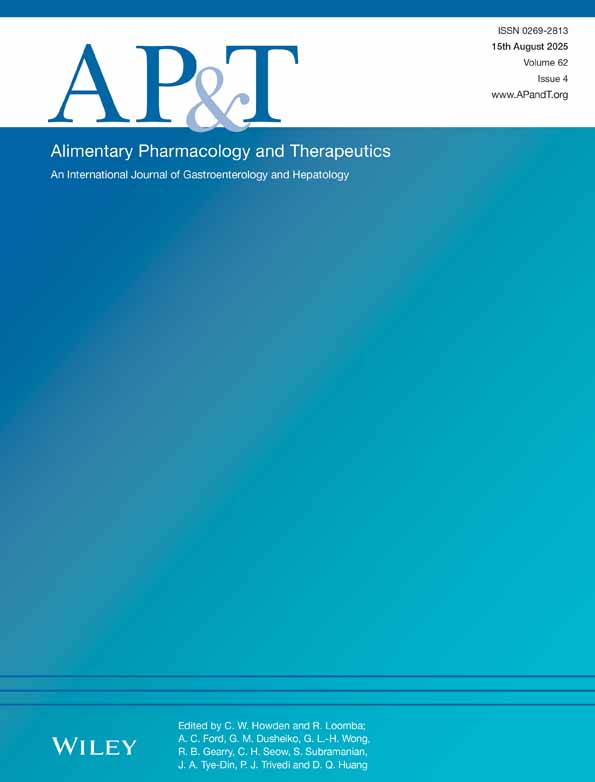Effects of meal consistency and ingested fluid volume on the intragastric distribution of a drug model in humans—a magnetic resonance imaging study
Abstract
Background:
Controlled delivery of drugs to the small intestine in relation to emptying of an ingested meal is important in various pathophysiological conditions. We investigated the effects of different food consistencies and the amount of co-ingested liquid on the intragastric distribution of a contrast marker.
Methods:
Five healthy subjects received four meals (each 650 kcal: A, mashed potato with 100 mL water; B, rice with 100 mL water; C, hamburger meal with 100 mL water; D, hamburger meal with 300 mL water). A capsule filled with gadolinium tetra-azacyclododecane tetra-acetic acid solution (as contrast marker) was ingested following meal termination, and its intragastric distribution was assessed by magnetic resonance imaging.
Results:
Initially, marker distribution was confined to the fundus, and subsequently extended along the inner curvature of the stomach. The maximum distribution volume of the marker was lower in meal A than in meal B (P < 0.05). No differences in marker distribution were observed when the hamburger meal was given with 100 or 300 mL water.
Conclusions:
The intragastric distribution kinetics of the marker gadolinium tetra-azacyclododecane tetra-acetic acid appeared to depend on meal consistency, but not on the amount of water co-ingested. Three-dimensional magnetic resonance imaging allows detailed analysis of the intragastric distribution of a drug model in relation to meal emptying and intragastric meal distribution.




